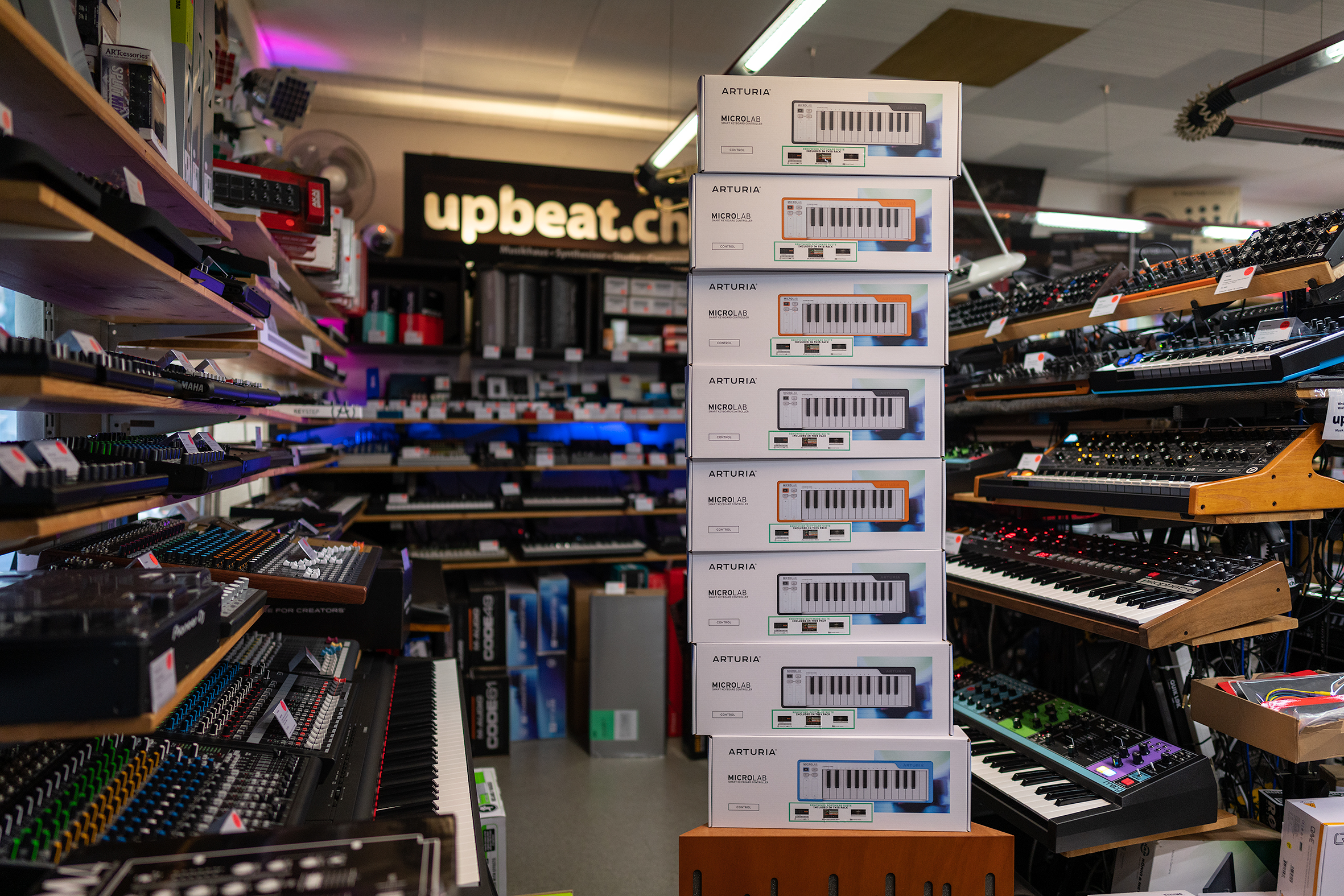

What else do you get? Well, it’s a controller keyboard that’s designed to work with multiple DAWs, hence both MCU and HUI compatibility. Version one definitely came from Grenoble and I do like a bit of individuality. This new one is plainer – yes, it’s more functional, but it could have any other company logo on the back. It was very Arturia and fitted in with the company’s aesthetic of the time. I have to say, though, I kind of preferred the look of the original.

This is more logical in hindsight – the screen was far left originally, so, depending on where you placed the keyboard, could cause issues (especially if you had it left of centre, as the screen would have been far, far left of centre). The 30mm faders have been moved over to the right, the pads to the left and the screen has moved into a more central position. The available controls have been greatly expanded for many apps with scripts that are customized for specific DAWs like Ableton Live or FL Studio.What I didn’t criticise, though, was the layout of the keyboard itself and that is the most striking change here. Arturia has put additional effort into improving this over the last couple of years and we’re starting to see some of the fruits of that labor. The integration with DAWs has been improved on the MiniLab 3, though. While the Akai MPK Mini MK3 has far and away the best pads of the bunch, its keybed is nothing to write home about and its integration with DAWs is extremely basic. The pads and keys on the MiniLab are better than the LaunchKey Mini MK3, but its arpeggiator isn’t as unique and its integration with Ableton Live isn’t as tight. All of this is basically par for the course, and other similarly priced controllers have their own pros and cons. The knobs and sliders have a decent amount of resistance and the keybed is slightly springy. The hardware itself is what you’d expect for $109.


 0 kommentar(er)
0 kommentar(er)
